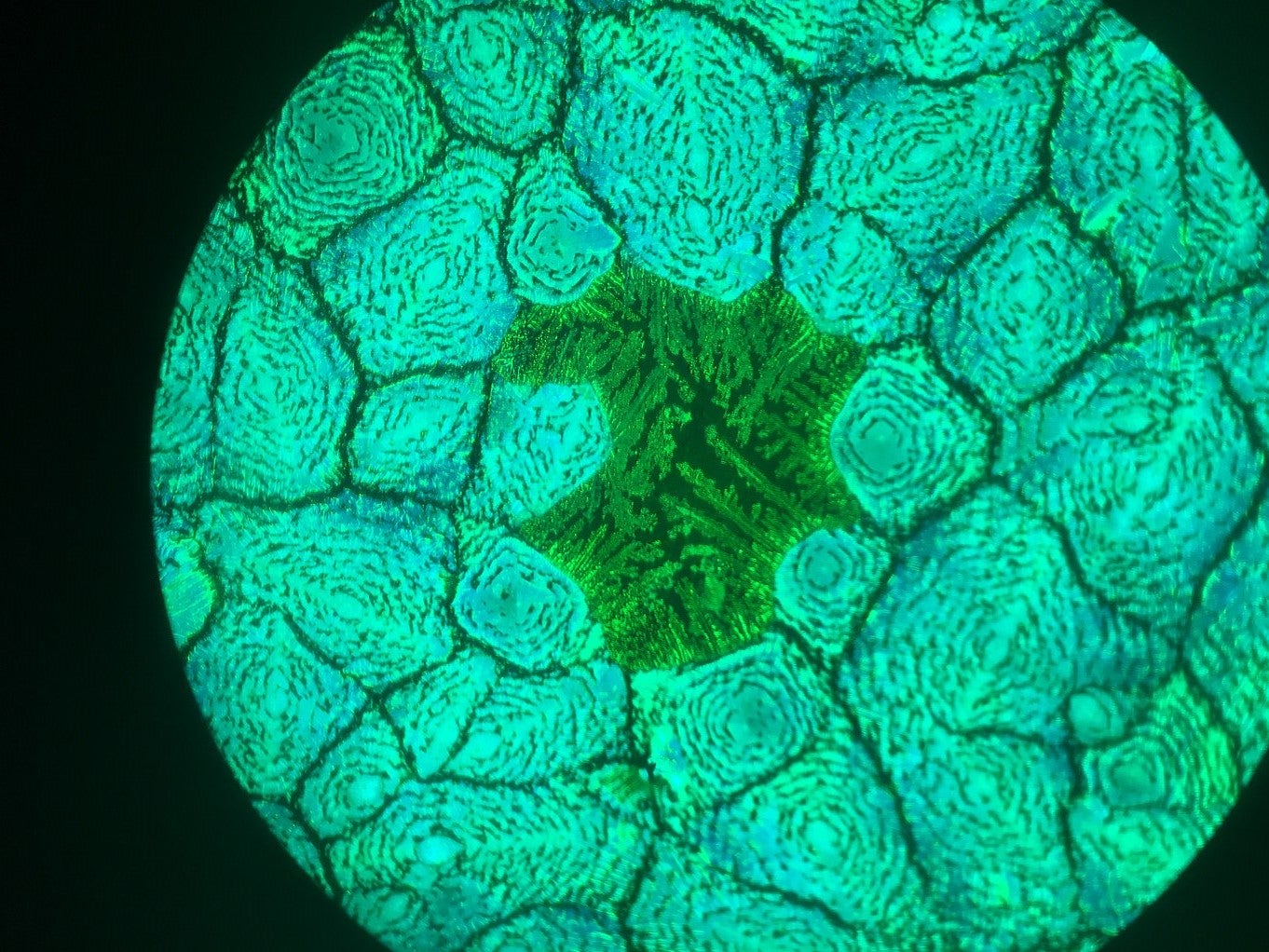Scientists use ‘miracle material’ to convert plastic and greenhouse gases into sustainable fuels
Solar-powered reactor uses perovskite ‘to address plastic pollution and greenhouse gases at the same time’

Scientists have invented a system that can convert plastic waste and greenhouse gases into sustainable fuels, using only energy from the Sun.
The solar-powered reactor, developed by researchers at the University of Cambridge, transforms carbon dioxide (CO2) and plastics into products that can be used a wide range of industries.
It is the first ever time that a reactor can convert two waste streams into two separate chemical products simultaneously.
“Converting waste into something useful using solar energy is a major goal of our research,” said Professor Erwin Reisner from the University of Cambridge’s Yusuf Hamied Department of Chemistry.
“Plastic pollution is a huge problem worldwide, and often many of the plastics we throw into recycling bins are incinerated or end up in landfill.”
The reactor makes use of the so-called ‘miracle material’ perovskite, which has been hailed for its potential to revolutionise the solar industry. Last year, researchers broke the solar power world record using the material.
Prior to this system, there was no way to convert CO2 into high-value products selectively and efficiently, according to the researchers.
“A solar-driven technology that could help to address plastic pollution and greenhouse gases at the same time could be a game-changer in the development of a circular economy,” said Subhajit Bhattacharjee from the University of Cambridge.
“What’s special about this system is the versatility and tunability – we’re making fairly simple carbon-based molecules right now, but in future we could be able to tune the system to make far more complex products, just by changing the catalyst.”
An article describing the new technology, titled ‘Photoelectrochemical CO2-to-fuel conversion with simultaneous plastic reforming’, was published in the scientific journal Nature Synthesis on Monday.
Join our commenting forum
Join thought-provoking conversations, follow other Independent readers and see their replies
Comments
Bookmark popover
Removed from bookmarks